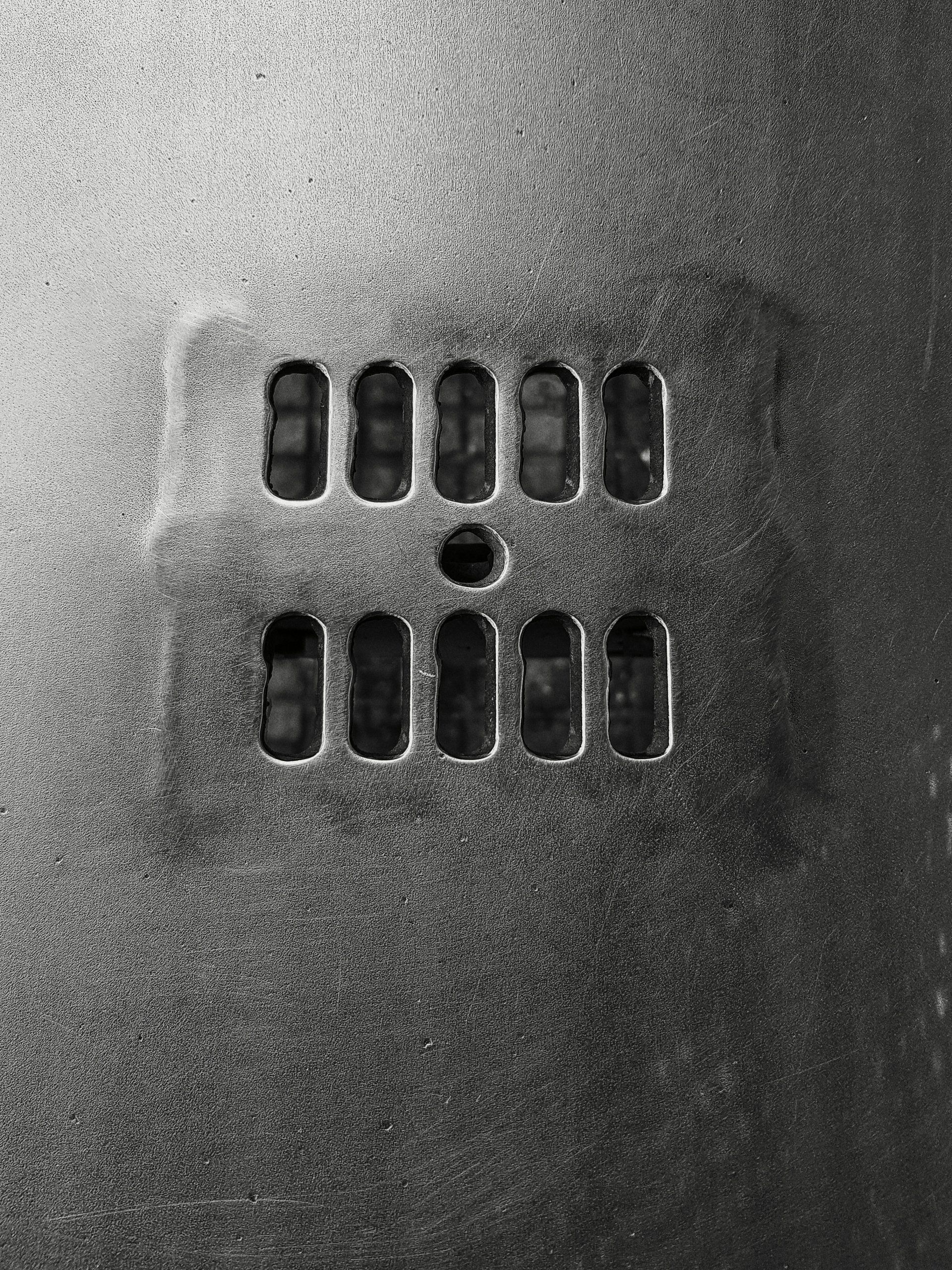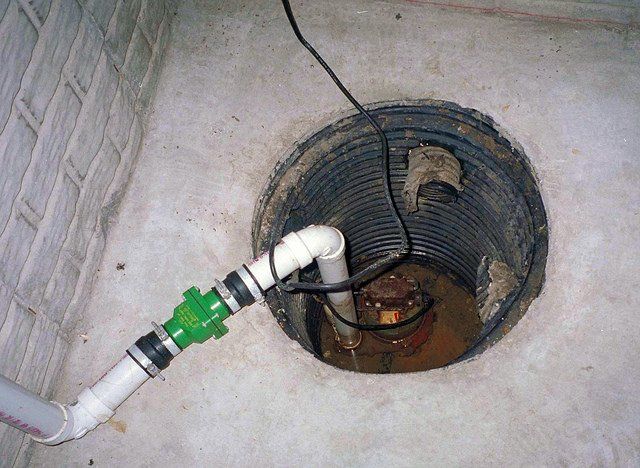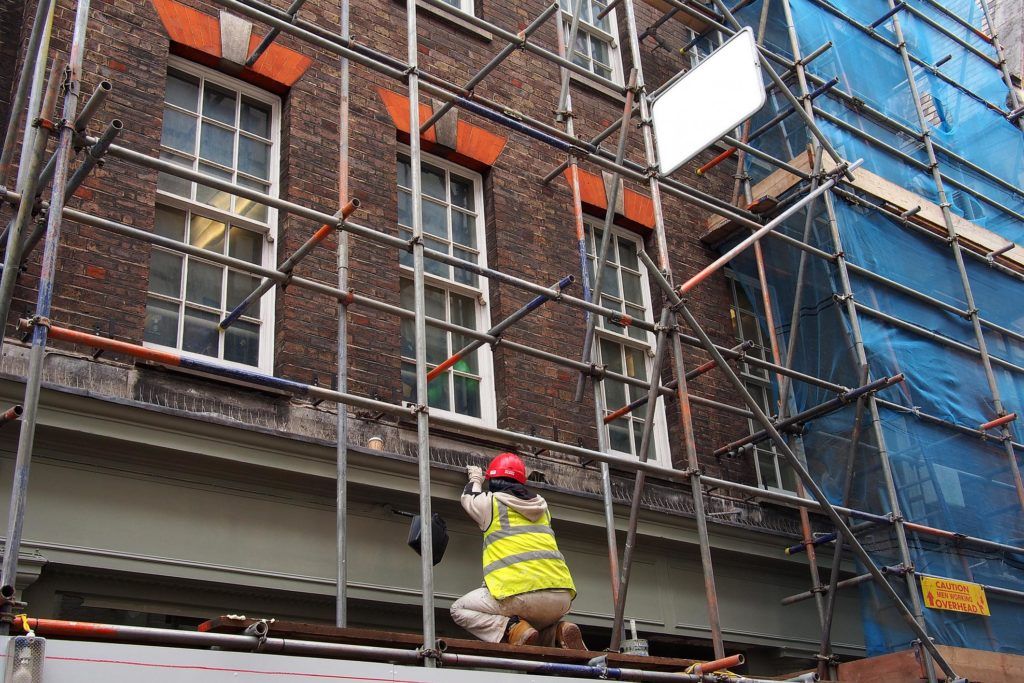How Basement Floor Drains Fit into Your Home's Water Management System
Maximizing Basement Drainage: A Complete Water Management Guide
In the intricate ballet of home maintenance, the role of the humble basement floor drain is often understated. Nestled quietly in the lowest part of your home, these drains are pivotal in orchestrating the flow of unwanted water away from your foundation, safeguarding the sanctity of your basement. Understanding how
basement floor drains fit into your home's water management system is essential for any homeowner looking to protect their domicile from the insidious threats of water damage.

The Unsung Hero of Basements: Understanding Your Basement Floor Drain
The basement floor drain is your first line of defense against water intrusion, designed ingeniously to collect and redirect water coming up from the basement floor drain, especially during heavy rainfalls or snow melts. It's a critical component that works in tandem with other water management solutions, ensuring that your basement remains dry and free from the havoc water can wreak.
The Perils of Neglect: Water in Basement Floor Drain
When water starts accumulating in your basement floor drain, it's a sign that your home's water management system is compromised. Ignoring water in the basement floor drain can lead to a series of unfortunate events, from mildew and mold growth to the serious risk of flooding. This standing water is a tell-tale sign that your drainage system needs attention, possibly cleaning or even a comprehensive check-up to ensure it's functioning as intended.
A Clear and Present Danger: Water Coming Out of Basement Floor Drain
Perhaps one of the more alarming scenarios is water coming out of the basement floor drain. This situation indicates a reverse in the flow of water, suggesting a blockage or a failure in the system designed to protect your home. It's a visible distress signal that your basement's defenses against water intrusion are being breached, requiring immediate action to prevent water damage to your cherished home.
From Within: Water From Basement Floor Drain
The origin of water from the basement floor drain can vary, ranging from internal sources like leaky pipes to external pressures such as groundwater seepage. Identifying the source of this water is crucial in formulating a response strategy that not only addresses the symptom but also the underlying cause of the water intrusion.
Integrating Drains into Your Water Management Strategy
Incorporating basement floor drains into your home's water management system requires a holistic approach. It involves understanding the landscape around your home, ensuring proper grading for water diversion, and integrating solutions like sump pumps and French drains to complement the work of your basement floor drains. Regular maintenance, such as clearing debris and ensuring free flow, is non-negotiable to prevent water backup scenarios.
Beyond the Surface: Enhancing Drainage Efficiency
Enhancing the efficiency of your basement floor drain involves more than just regular maintenance. It requires a strategic approach to your entire basement and foundation water management practices. Effective water management systems not only prevent water in the basement floor drain but also ensure that water is efficiently redirected away from your home’s foundation, mitigating the risk of structural damage.
Strategic Waterproofing and Landscape Grading
A key component to supporting your basement floor drain's functionality is external waterproofing and proper landscape grading. By ensuring that the ground around your home slopes away from your foundation, you can significantly reduce the amount of water that reaches your basement floor drain. This preventative measure complements the drain's function, lessening the burden on it and reducing the chances of water coming out of the basement floor drain.
The Role of Sump Pumps and Backwater Valves
Incorporating a sump pump system in tandem with your basement floor drain can provide an additional layer of protection. Sump pumps actively remove water collected by your drain, preventing overflow and the subsequent issues of water from the basement floor drain making its way back into your basement. Similarly, backwater valves can prevent sewage backflow, ensuring that water flows in only one direction — away from your home.
Regular Inspections and Professional Assessments
To mitigate the risk of water coming up from the basement floor drain, regular inspections are crucial. These inspections should not only focus on the drain itself but also on surrounding systems and potential external factors contributing to water buildup. Professional assessments can offer insights into potential vulnerabilities in your home's water management system, providing targeted solutions that extend beyond the capabilities of your basement floor drain.
Building a Comprehensive Water Management Plan
Your home's defense against water intrusion is only as strong as its weakest link. Building a comprehensive water management plan involves integrating your basement floor drain with other systems like gutters, downspouts, and waterproofing solutions. By creating a synergistic system, you can ensure that water is efficiently managed, from the moment it lands on your property to the point it's safely redirected away, keeping your basement dry and your home safe.
Final Thoughts
The humble basement floor drain plays a pivotal role in your home’s water management system, but it doesn’t work alone. By understanding its place within a broader strategy and committing to regular maintenance and strategic enhancements, you can significantly bolster your home's defense against water. This integrated approach not only protects your property but also provides peace of mind, knowing that your home is well-equipped to handle whatever nature throws its way.



